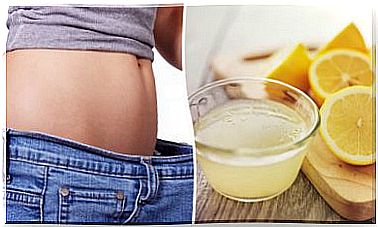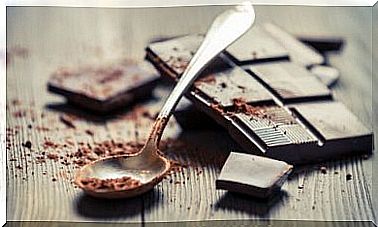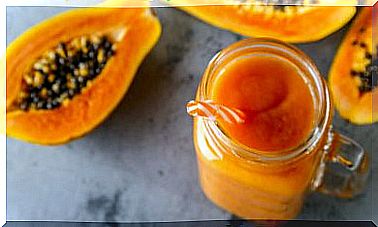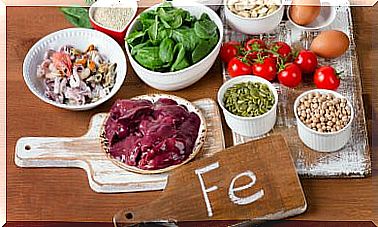Is Mold In Food Dangerous?
On many occasions, it may happen that we are going to consume a food and it has mold on the outside or, even, it has penetrated into the product. In this type of situation you have to be careful, since eating moldy food can be harmful.
The presence of mold reveals the growth of a microorganism that can be harmful to human health. In fact, consuming bacteria, fungi or protozoa can lead to food poisoning or poisoning.
Fungal diseases
These types of pathologies are based on the colonization of the digestive tract by invading microorganisms, or on the deposition of waste products that are toxic to health. The symptoms, in many cases, are usually intestinal in nature. Vomiting, diarrhea and intestinal discomfort are quite frequent in these situations.
However, depending on the causative organism, the damages can be more serious. In this way, the liver can be affected, developing certain pathologies of a severe nature that cause serious health complications.
Is it safe to remove mold from food?
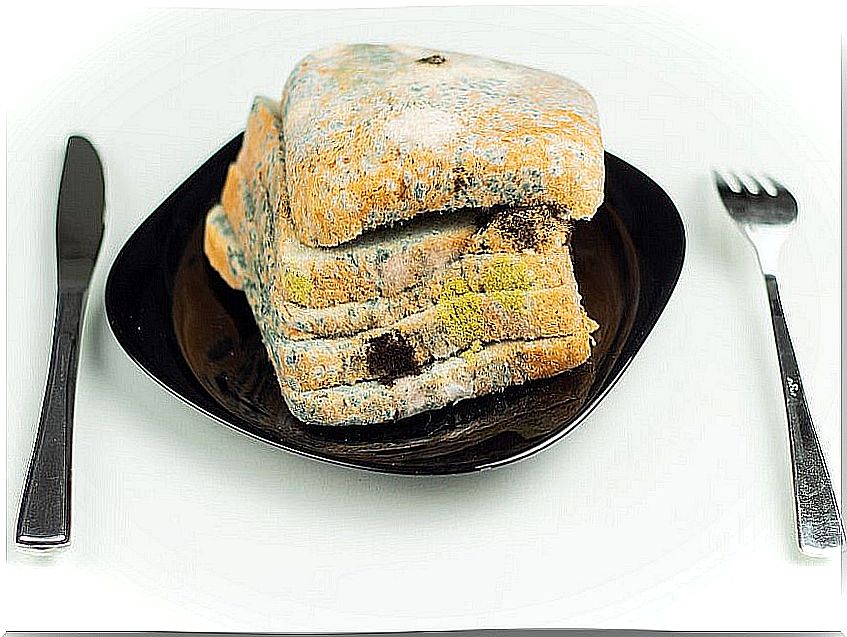
Dry or low-moisture foods can be eaten after mold has been removed from the exterior. However, this process is not so simple in fleshy or moist ones, since fungi can spread into the product, causing a pathology after ingestion.
When in doubt, it is always advisable to discard the food when detecting the presence of mold. There are certain exceptions, especially in the case of cheeses, where the appearance of molds or microorganisms does not usually present a health problem. However, these types of cases are the least frequent.
It should be noted that the presence of mold denotes the existence of a fungus on the outside and possibly inside the product. Fungal infections tend to have different symptoms from those of a bacterial nature, according to a study published in the journal Internist . In this case, the liver is more likely to be the affected organ.
In addition, liver toxicity from ingestion of molds is cumulative, that is, it does not show symptoms until the amount of toxic in the body is high enough to cause severe injury.
Importance of proper food hygiene
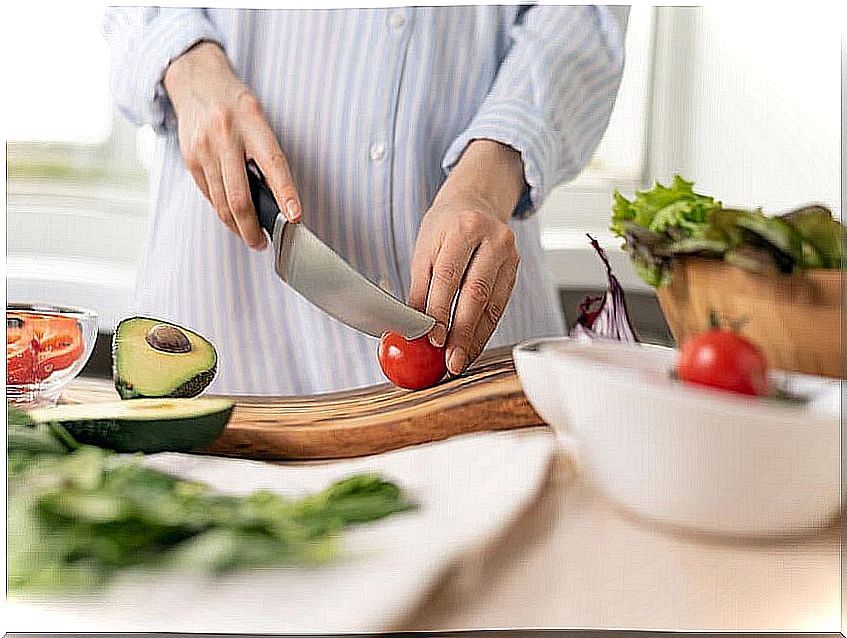
To prevent the appearance of molds, it is necessary to develop good food hygiene. Keeping food in the right temperature and humidity conditions is crucial. In addition, it is necessary to separate the food to avoid cross contamination. Not handling different foods with the same utensils, especially in the case of raw and cooked foods, also eliminates many risks.
On the other hand, it is essential not to break the cold chain and to defrost properly. The room temperature is usually not correct when defrosting food, it is advisable to carry out this process in the refrigerator.
Exceeding the best before date of food also increases the probability that it will develop mold on the surface or harbor some type of pathological organism inside.
To minimize these risks, the industry uses preservative elements whose effectiveness has been evidenced in the scientific literature. Sometimes these are natural, such as salt, sugar, and vacuum packaging. In other situations, they resort to the use of chemical elements whose consequences on health are not always clear in the long term.
This is one of the reasons why the consumption of fresh food should be prioritized over processed food, but always under correct hygienic conditions.
If you see mold on food, suspect its hygiene
The growth of mold on the surface of food denotes the presence of a microorganism that, in most cases, is pathological for the human body. There are situations in which it is enough to remove this superficial layer to consume the food later, but this is not always the case.
We must not forget that the consequences of the ingestion of harmful molds are manifested in the medium term, through serious health problems. Therefore, when in doubt, it is better to discard moldy food than to choose to consume it. This is how we heal ourselves in health.
To prevent this problem, it is best to have good food hygiene. Preserving food at adequate temperatures and eating them before the preferred consumption date are usually two successful actions when it comes to preventing complications associated with the ingestion of harmful microorganisms.
